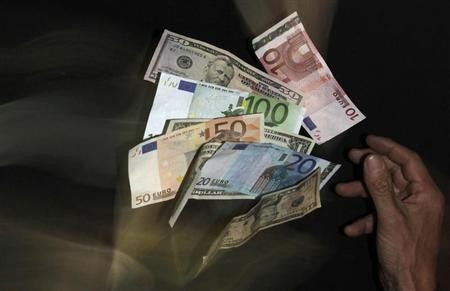Australian Dollar Outlook - 11 August 2014

Bell FX Currency Outlook: The Australian Dollar opens this week little changed from Friday's close after tensions in the Ukraine lessened on Friday.
Australia: With the news that the US was planning bombing strikes in northern Iraq the AUD traded lower on Friday morning as the USD strengthened.
With the news that Russia had pulled back its troops from the Ukrainian border as their military exercises ended, equity markets were generally higher with the de-escalation of tension and the AUD recovered to trade in the higher .9300's. Friday's release of the RBA's Quarterly Statement on Monetary Policy had little effect on the markets since there were no changes to the Q2 GDP estimate although they expect both growth and inflation to be slightly below trend for the future.
The jump in the unemployment rate last week to 6.4% is viewed more of an aberration since the statistical method of calculation was changed. The
RBA continues to believe its monetary policies are correct and interest rates will remain stable.
Most economists still expect the first rate rise locally to occur in mid 2015. Locally this week we do not have a Iot of new data being released with the highlight probably NAB's business confidence survey tomorrow.
Majors: On Friday, China said its exports in July expanded by 14.5% year-on- year while imports declined 1.6% yoy due to a crackdown on commodity financing. On Saturday we saw the latest CPI figures which rose 2.3% y-o-y while PPI numbers declined 0.9% y-o-y.
Today we see the latest money supply figures from China followed by Wednesday's latest industrial production, fixed asset investment and retail sales figures. We saw on Friday productivity figures from the US for Q2 where the index rose 2.5% qoq which was foreshadowed by the stronger than expected Q2 GDP growth of 4%. Q1 productivity was revised downward further from the initial figure of -3.2% to -4.5%.
Most economists expect further gains in productivity as hiring increases and labour costs continue to rise modestly. The EUR was a bit stronger against the USD as tensions in Europe subsided but the GBP weakened as expectations of rate rises earlier than later expected reduced.
Economic Calendar
11 AUG NZ Electronic Card Transactions MoM
AU NAB Quarterly Wealth Sentiment Survey
CA Housing Starts
For the latest pricing, ranges visit www.bellpotter.com.au





















